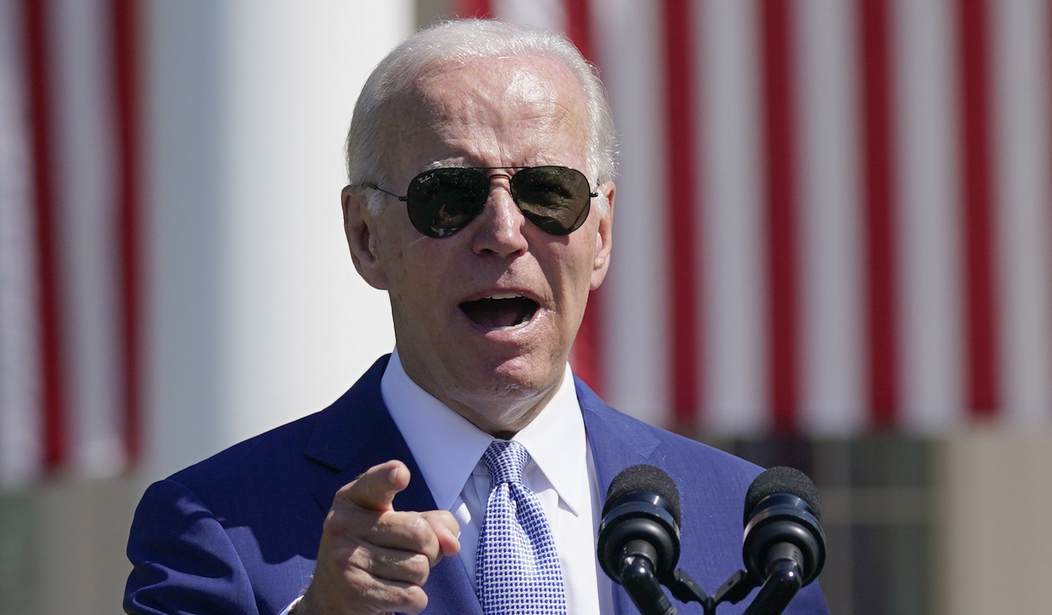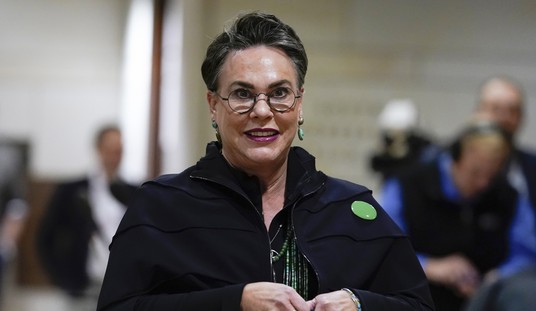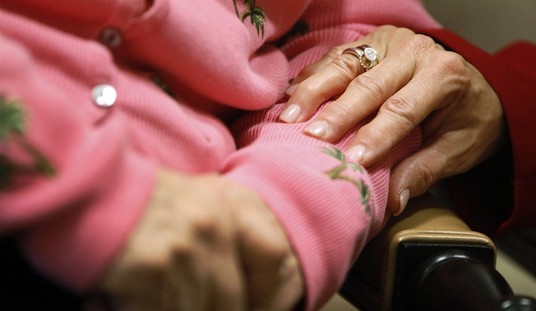(The opinions expressed in guest op-eds are those of the writer and do not necessarily represent the views of RedState.com.)
President Biden’s war on the U.S. macroeconomy, and particularly on lower-income households, continues unabated.
On August 24, the Biden administration took unprecedented executive action to eradicate student loan debt by $10,000 for borrowers with incomes below $125,000, and up to $20,000 of forgiveness for those with Pell Grants within the same income range.
I personally carry substantial student loan debt and fall within the income range. This policy would directly benefit my financial situation. Nonetheless, I oppose it for several reasons, especially regarding its inherent unfairness and the burden it places upon countless Americans who are already in dire financial straits—largely due to the economic crisis that has been forced upon them by egregiously reckless fiscal policy throughout and after the pandemic.
Despite what the Biden administration has said about targeting low-income Americans, this particular strategy disproportionately benefits high-income households, at the expense of the low- and middle-income households it was ostensibly designed to help.
As former Congressional Office of Management and Budget director David Stockman recently reported, “Only 37% of Americans have a 4-year college degree, only 13% have graduate degrees, and just 3% have a PhD or similar professional degree. Yet a full 56% of student loan debt is held by people who went to grad school and 20% is owned by the tiny 3% sliver with PhDs.” Corroborating this, a new study from the University of Pennsylvania’s Wharton School found that under this plan, “About 70 percent of debt relief accrues to borrowers in the top 60 percent of the income distribution.”
Individuals with advanced degrees naturally earn higher incomes. Moreover, individuals with the greatest debt burdens are often on the cusp of their careers—so, a budding lawyer making $120,000 a year would qualify for forgiveness, even though the lawyer’s salary is sure to exponentially increase over time.
Essentially, as Stockman explains, “Biden’s debt cancellation plan would amount to taking money from a plumber to pay the debt of a lawyer.”
Further, many low- and middle-income households with student loans have substantially lower debt loads, and many are already on income-driven repayment plans, which allow these households to contribute substantially smaller monthly payments. A 2020 study from the Brookings Institution found that “The highest-income 40 percent of households (those with incomes above $74,000) owe almost 60 percent of the outstanding education debt and make almost three-quarters of the payments. The lowest-income 40 percent of households hold just under 20 percent of the outstanding debt and make only 10 percent of payments.”
This is ultimately a program designed to directly benefit the pocketbooks of affluent, urban, college-educated elites, who now comprise a significant swathe of the Democratic Party’s voting base. With the mid-term elections two months away, and the Democratic Party scrambling to galvanize voters amidst speculation that Congress will flip to the GOP, it is not a coincidence that Biden is bribing voters his party desperately needs. After all, that has long been a hallmark of the Democratic Party’s electoral playbook.
The average American taxpayer, most of whom do not hold student debt, and many of whom did not even attend college, will naturally end up footing the bill.
Another study from the Wharton School recently found that debt cancellation, loan forbearance, and the new income-driven repayment plan changes will cost a whopping $605 billion, and could even exceed $1 trillion under certain future conditions.
Dividing $605 billion by the total number American taxpayers—158 million—yields a cost of $3,829.11 per taxpayer, most of whom receive zero tangible benefit.
As the National Taxpayers Union explains, this represents an extraordinary transfer of wealth from society at large to college-educated individuals. In essence, it is just another federal transfer payment; yet, whereas most transfer payments are geared towards low-income households, this transfer payment is geared towards the wealthiest households.
The unfairness and associated financial toll for everyday Americans are hardly the only concerning effects of this policy. It continues to disincentive labor, by injecting more “free money” into the economy. It engenders tremendous moral hazard, by giving individuals the impression that they can take out whatever loans they want, and they will just “disappear” like magic. It degrades the sanctity of contracts. Moreover, it will exacerbate inflation, with hundreds of billions more dollars in government spending falling into the wallets of high-income consumers, who will turn around and likely spend much of it.
Finally, this policy sets a terrible precedent for abuse of unilateral executive power and expansions in presidential authority. Unless the courts stop him, Biden will simply continue to exercise his authority with abandon, with the political objectives of the Democratic Party trumping the needs of American citizens and the health of the U.S. economy as a whole.
Jack McPherrin ([email protected]) is research editor at The Heartland Institute.













Join the conversation as a VIP Member